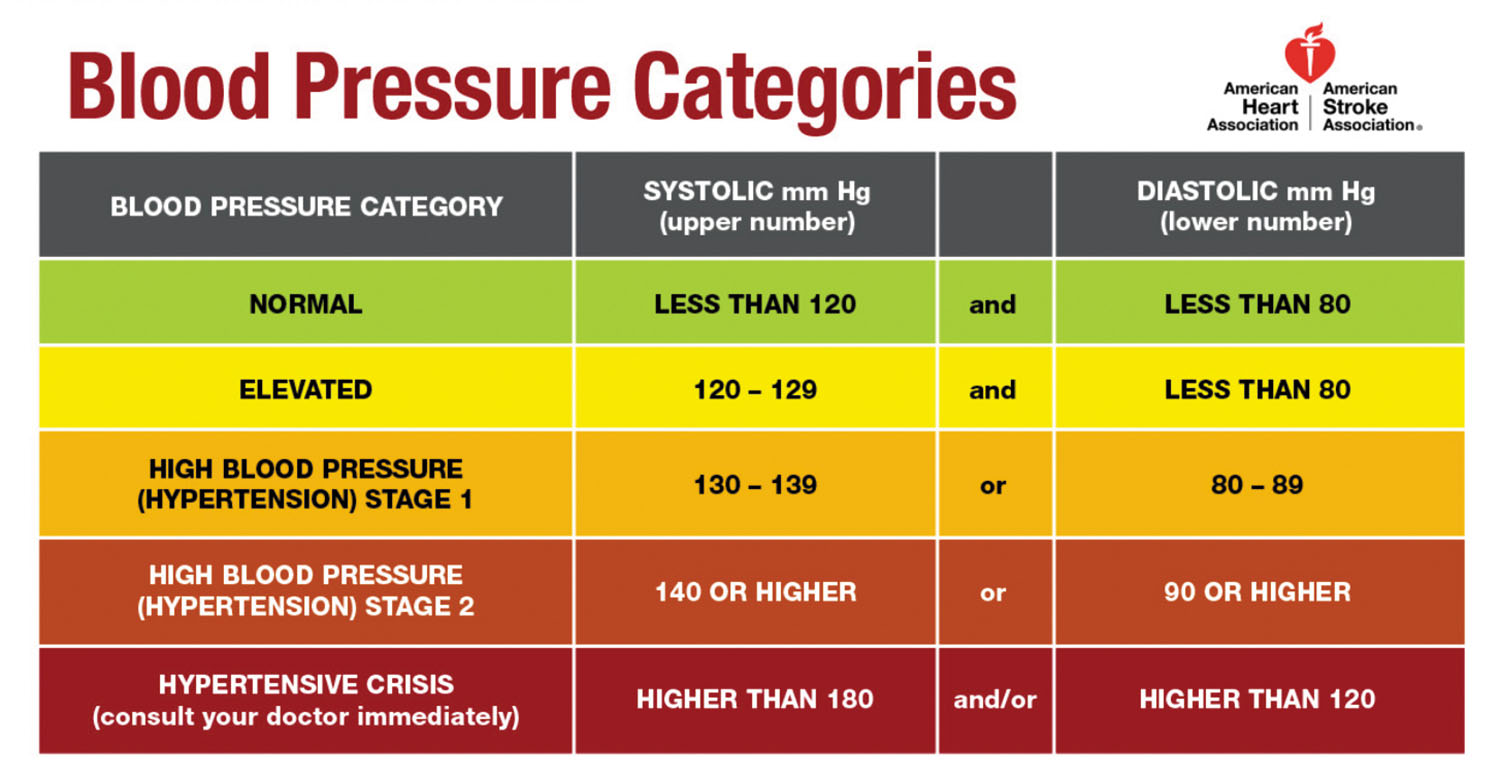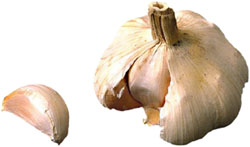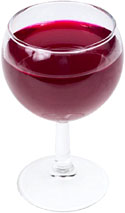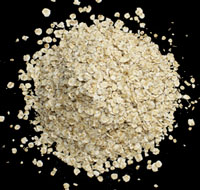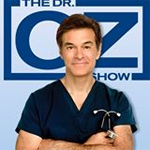
|
|
Blood pressure chart for adults
Reading the new blood pressure guidelinesThe definition for what is considered high blood pressure has been tightened. Here's what you need to know.
If you didn't have high blood pressure before, there's a good chance you do now. Last year, new guidelines from the American Heart Association, the American College of Cardiology, and nine other health organizations lowered the numbers for the diagnosis of hypertension (high blood pressure) to 130/80 millimeters of mercury (mm Hg) and higher for all adults. The previous guidelines set the threshold at 140/90 mm Hg for people younger than age 65 and 150/80 mm Hg for those ages 65 and older. This means 70% to 79% of men ages 55 and older are now classified as having hypertension. That includes many men whose blood pressure had previously been considered healthy. Why the change? Behind the numbers"Blood pressure guidelines are not updated at regular intervals. Instead, they are changed when sufficient new evidence suggests the old ones weren't accurate or relevant anymore," says Dr. Paul Conlin, an endocrinologist with Harvard-affiliated VA Boston Healthcare System and Brigham and Women's Hospital. "The goal now with the new guidelines is to help people address high blood pressure — and the problems that may accompany it like heart attack and stroke — much earlier." The new guidelines stem from the 2017 results of the Systolic Blood Pressure Intervention Trial (SPRINT), which studied more than 9,000 adults ages 50 and older who had systolic blood pressure (the top number in a reading) of 130 mm Hg or higher and at least one risk factor for cardiovascular disease. The study's aim was to find out whether treating blood pressure to lower the systolic number to 120 mm Hg or less was superior to the standard target of 140 mm Hg or less. The results found that targeting a systolic pressure of no more than 120 mm Hg reduced the chance of heart attacks, heart failure, or stroke over a three-year period. More than blood pressureThe new guidelines have other changes, too. First, they don't offer different recommendations for people younger or older than age 65. "This is because the SPRINT study looked at all patients regardless of age, and didn't break down groups above or below a certain age," says Dr. Conlin. The guidelines also redefined the various categories of hypertension. It eliminated the category of prehypertension, which had been defined as systolic blood pressure of 120 to 139 mm Hg or diastolic pressure (the lower number in a reading) of 80 to 89 mm Hg. Instead, people with those readings are now categorized as having either elevated pressure (120 to 129 systolic and less than 80 diastolic) or Stage 1 hypertension (130 to 139 systolic or 80 to 89 diastolic). A reading of 140/90 mm Hg or higher is considered Stage 2 hypertension, and anything higher than 180/120 mm Hg is hypertensive crisis.
What should you do?If you had previously been diagnosed with high blood pressure, the new guidelines don't affect you too much, says Dr. Conlin, as you still need to continue your efforts to lower it through medication, diet, exercise, and weight loss. "However, based on new information in the guidelines, your doctor may propose treating your blood pressure to a lower level," he says. The larger issue is that many men ages 65 and older suddenly find themselves diagnosed with elevated or high blood pressure, since the new normal is a whopping 20 points lower than before. Does this mean an automatic prescription for blood pressure drugs? Not necessarily. "They should consult with their doctor about first adjusting lifestyle habits, such as getting more exercise, losing weight, and following a heart-healthy diet like the DASH or Mediterranean diet," says Dr. Conlin. Medications are recommended to lower blood pressure in Stage 1 hypertension if you've already had a heart attack or stroke or if your 10-year risk of a heart attack is higher than 10%. (You can find your 10-year estimation at www.cvriskcalculator.com.) For others with Stage 1 hypertension, lifestyle changes alone are recommended. "Over all, the new guidelines may help people get more involved with monitoring their blood pressure, which can hopefully prevent complications from hypertension," says Dr. Conlin.
Disclaimer:
Source https://www.health.harvard.edu/heart-health/reading-the-new-blood-pressure-guidelines
Cholesterol Chart
Explaining LDL Numbers in the Cholesterol ChartThe numbers on an LDL “bad” cholesterol chart range from less than 100 up to 190 or higher. The optimal number to receive from a blood cholesterol test is less than 100. Scores between 100 and 129 are considered near optimal; a number falling between 130 and 159 is considered borderline high; LDL cholesterol levels between 160 and 189 are high. Finally, any number over 190 is dangerously high and necessitates immediate intervention to prevent debilitating heart conditions from occurring. These numbers are based on a cholesterol chart presented by the American Heart Association Explaining HDL Numbers in the Cholesterol ChartAn HDL cholesterol chart contains different numbers than an LDL chart. Optimal rates of HDL levels are 60 or higher; a number between 40 and 59 is considered almost optimal; and having a less than 40 HDL level puts an individual at risk for heart disease. Explaining Triglyceride numbers in the Cholesterol ChartFor the triglyceride chart, the optimal number should be less than 150; levels between 150 and 199 are borderline high; a number between 200 and 499 is high; and anything over 500 is extremely unhealthy. Identifying Additional Risk Symptoms for Heart DiseaseOther problems putting you at risk for heart diseases, in addition to where you rate on an LDL HDL cholesterol chart are: • If you have previously suffered from a stroke or heart attack. • If you have been diagnosed with carotid artery disease that is the blockage of arteries in the neck. • If you have experienced peripheral artery disease, that is blockage of arteries in the legs and arms. • If you smoke, have diabetes or a family history of heart disease or high cholesterol levels. Genetics influence cholesterol levels and incidences of heart disease to some degree. Even though someone eats healthy foods and exercises, they remain prone to heart disease if several members of their family have been diagnosed with high cholesterol, have experienced heart attacks or suffer from other cholesterol-related illnesses. • If you are male and over 45, or a female and over 55 years of age. Cholesterol Food ChartA cholesterol food chart contains information regarding the amount of cholesterol in foods. You can see a couple of cholesterol food charts here and here. Useful in preparing a heart-healthy diet, this type of food cholesterol chart will also categorize the types of fats found in certain foods – such as unsaturated, saturated, polyunsaturated, monosaturated and transfat. Most people do not realize that consuming cholesterol does not directly affect the level of cholesterol in the bloodstream. Saturated fat is the specific type of fat that raises cholesterol levels. Just like cholesterol, saturated fat is found in animal-based food products such as cream, lard, butter, cheese, whole milk and marbled meats. Many vegetable oils also incorporate saturated fat as well, which are used to make baked goods and non-dairy whipped toppings. For example, a cholesterol chart can tell you that a 3.5-ounce serving of chicken liver contains 500 milligrams of cholesterol, while the same service size of roast turkey contains only 45 milligrams. Other foods high in saturated fat are bacon, coconuts, some nuts and seeds and sardine oil. A List of Cholesterol Lowering FoodsThese foods may lower “bad” cholesterol levels and raise levels of HDL, or “good” cholesterol, while contributing vitamins, minerals and antioxidants to a healthy diet. Avocado
Garlic
Garlic is said to enhance the immune system as well, in addition to preventing plaque from readily sticking to and clogging arterial walls. Fish and Omega-3 Fatty Acids
Red Wine
In addition, accumulation of plaque may be inhibited by the presence of polyphenols, which originate from antioxidant-rich grapes used to make wine. Another important ingredient that possibly contributes to lowering LDL cholesterol is resveratrol, a compound found in the skin of grapes. Oat Bran and Oatmeal
Beta-glucan is a soluble fiber considered a “biological defense modifier” that also stimulates T and B immune cells as well as facilitating with wound healing. Tips to a Cholesterol Lowering Foods DietIncorporating foods found in an anti-oxidant rich Mediterranean diet will eliminate the need to frequently consult the cholesterol chart and will reduce cholesterol levels: • Eating mostly plant-based foods – legumes, fruits, whole grains, vegetables and nuts Participation in daily exercise is also a component of the Mediterranean diet. Benefits of Maintaining Good Cholesterol LevelsUsing a cholesterol chart to control cholesterol numbers and create your own healthy diet will encourage you to lead a life potentially free of hypertension and heart disease, as well as help keep your weight down by steering you clear of fatty, high-calorie foods. Always keep an LDL HDL cholesterol chart handy for quick reference in case you want to eat something but are not sure of its cholesterol content. Preventing arterial plaque buildup by avoiding foods high in “bad” cholesterol is the best safeguard you have in preserving a healthy heart well into your old age.
Source: http://www.cholesterol-loweringfoods.org/cholesterol-chart/
|
|
